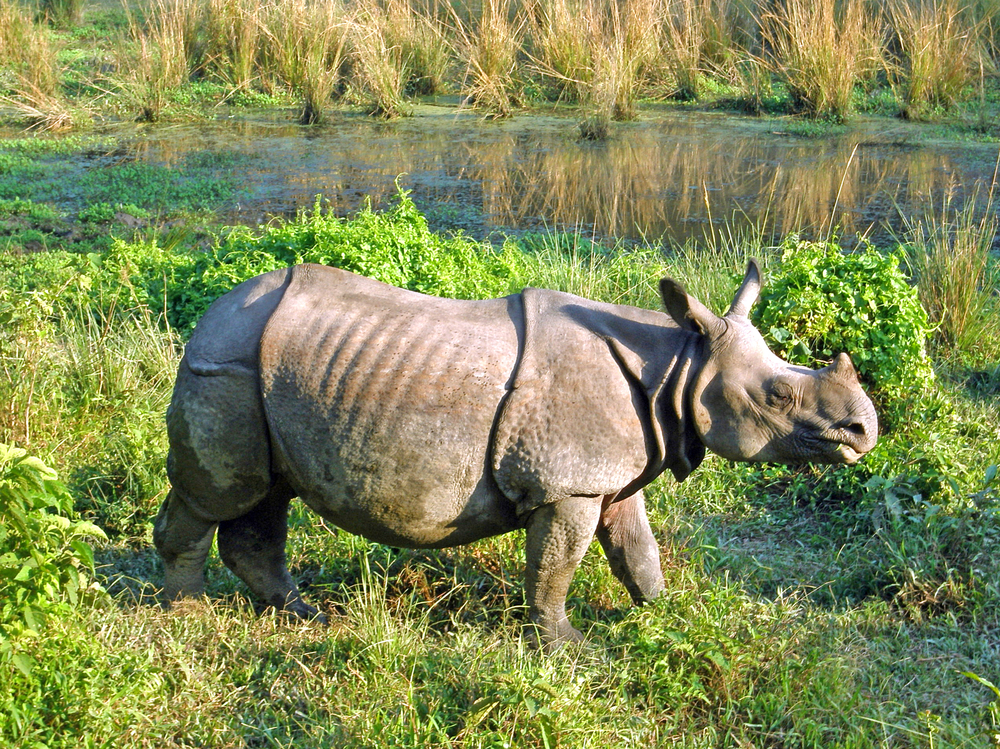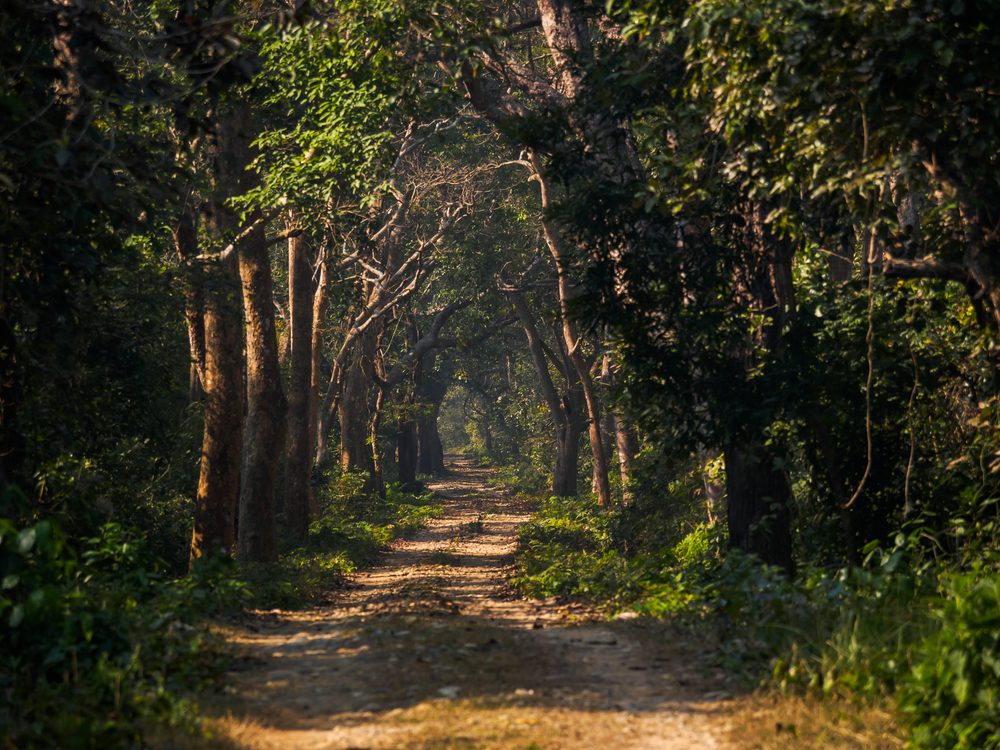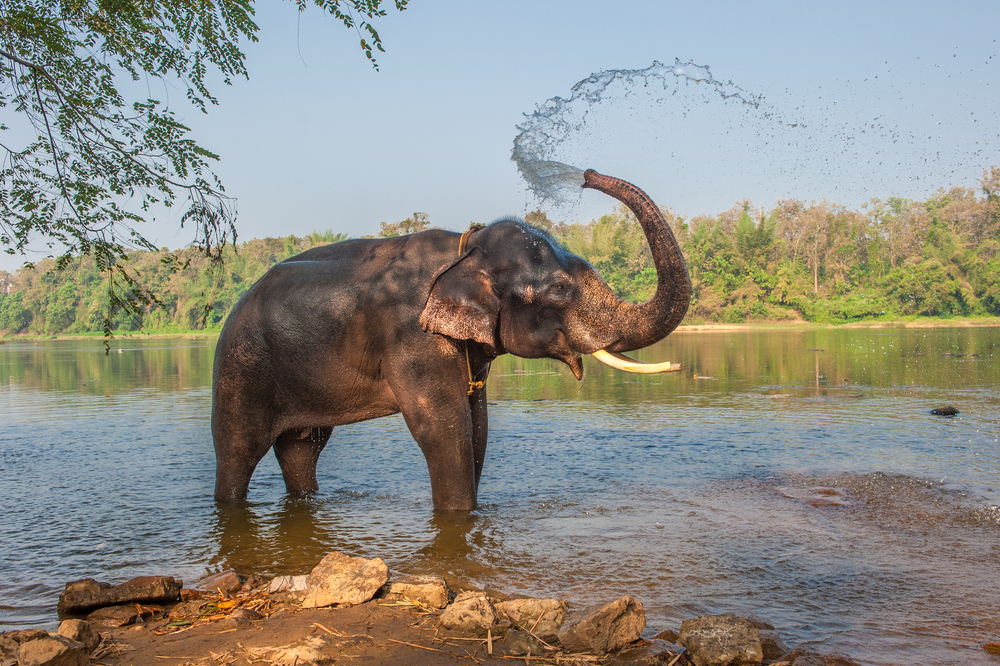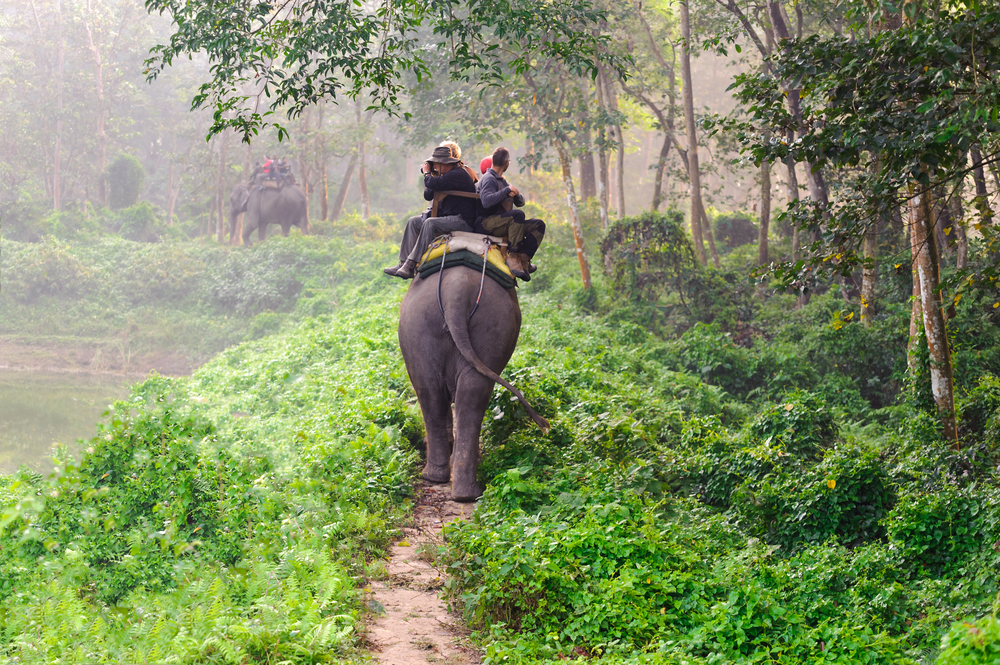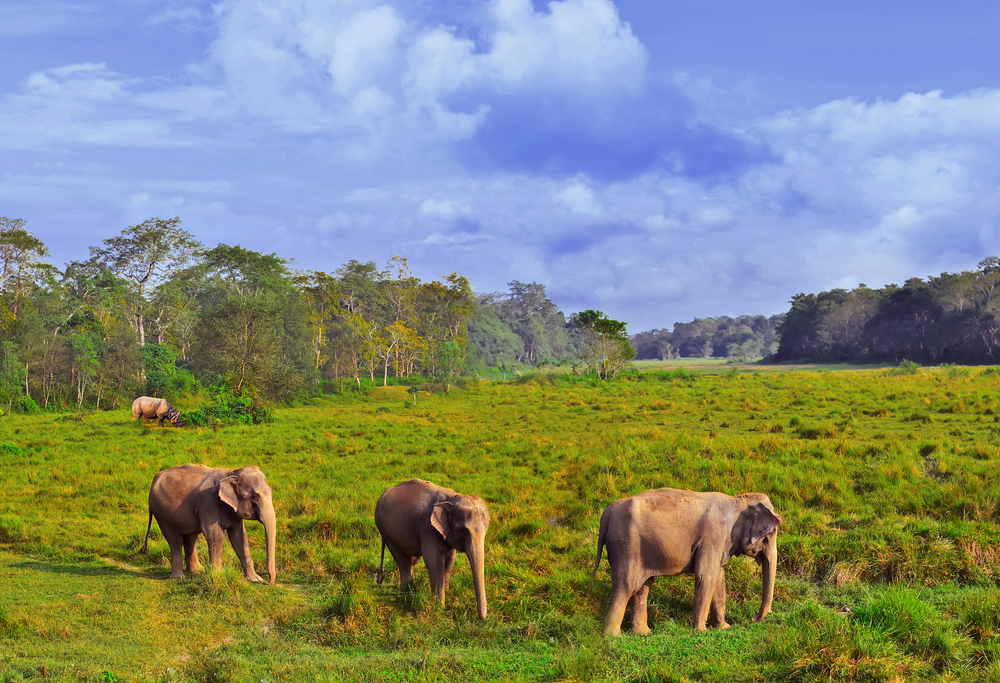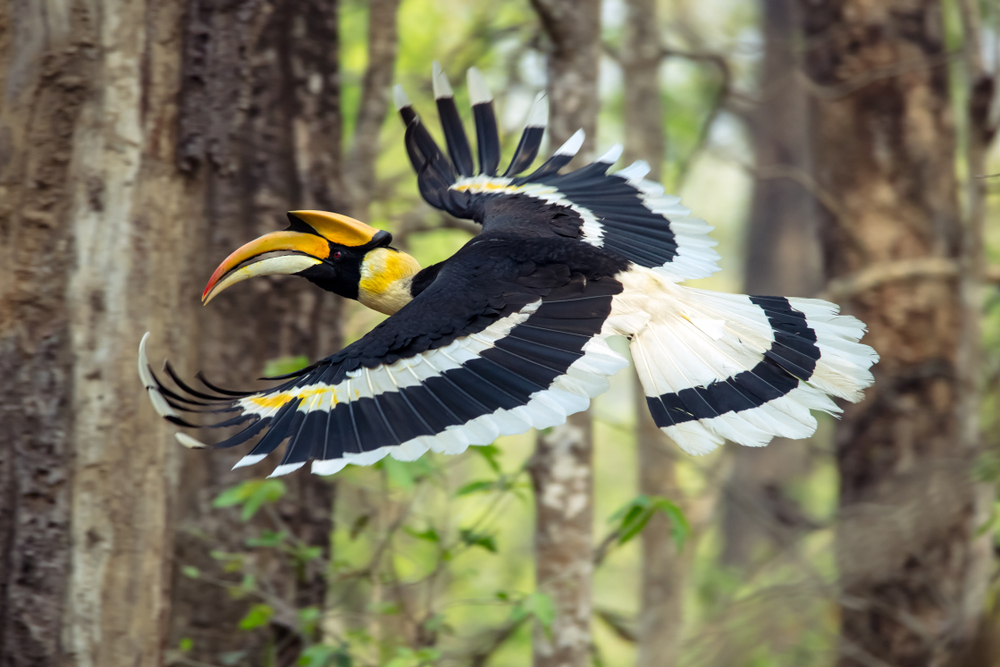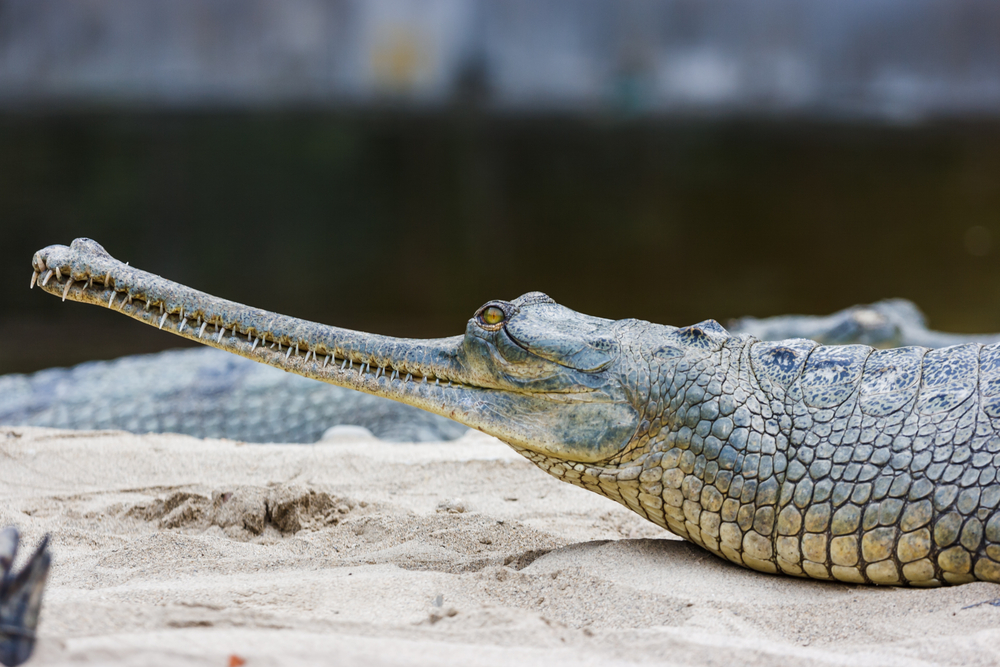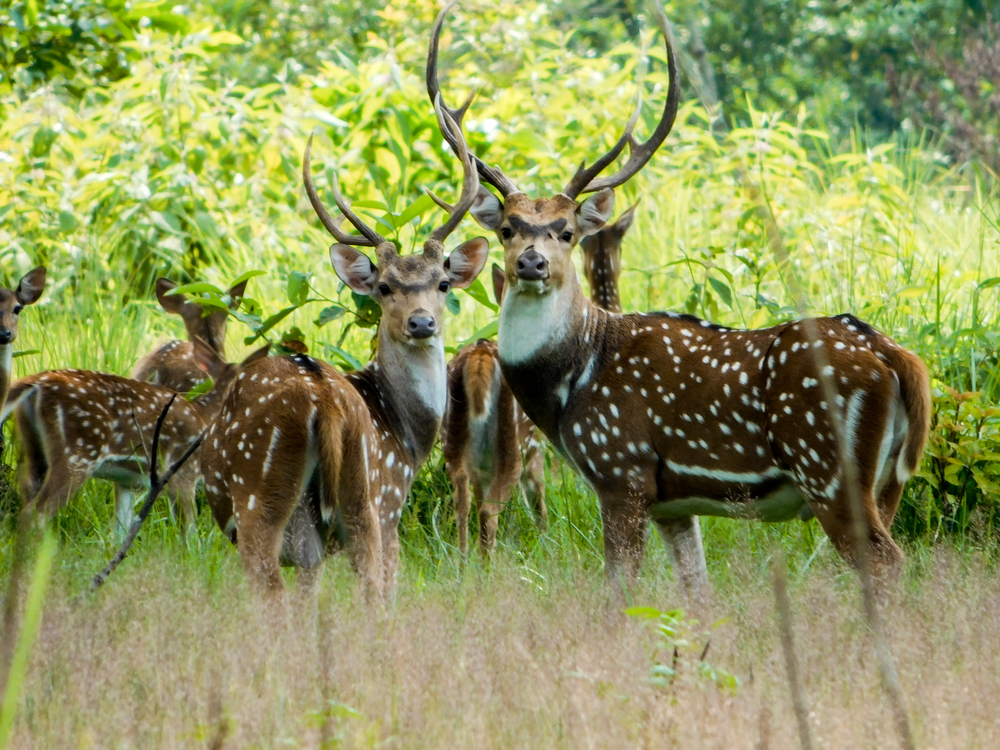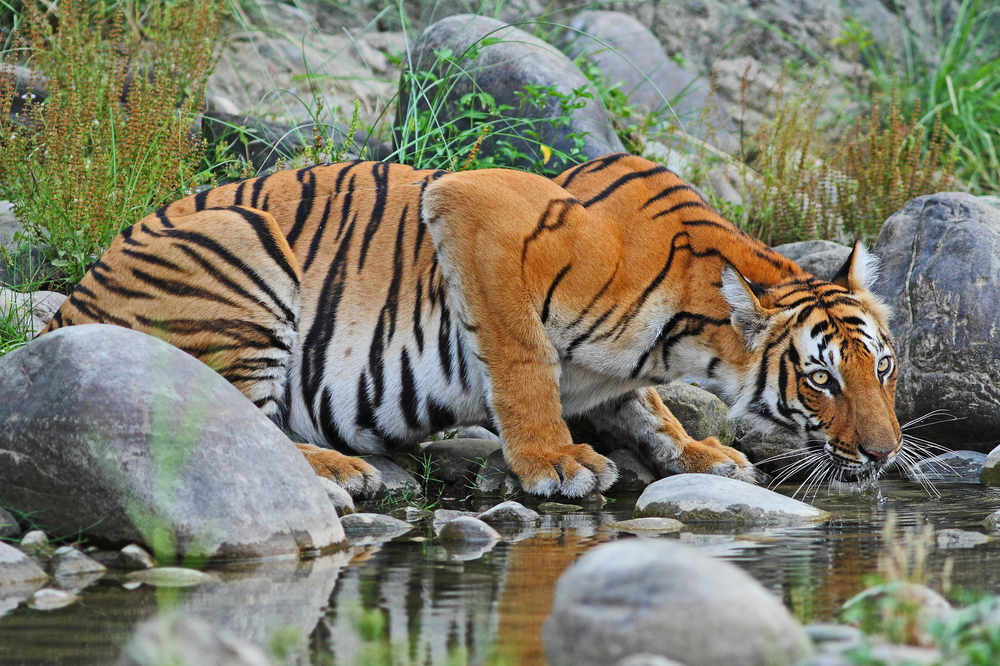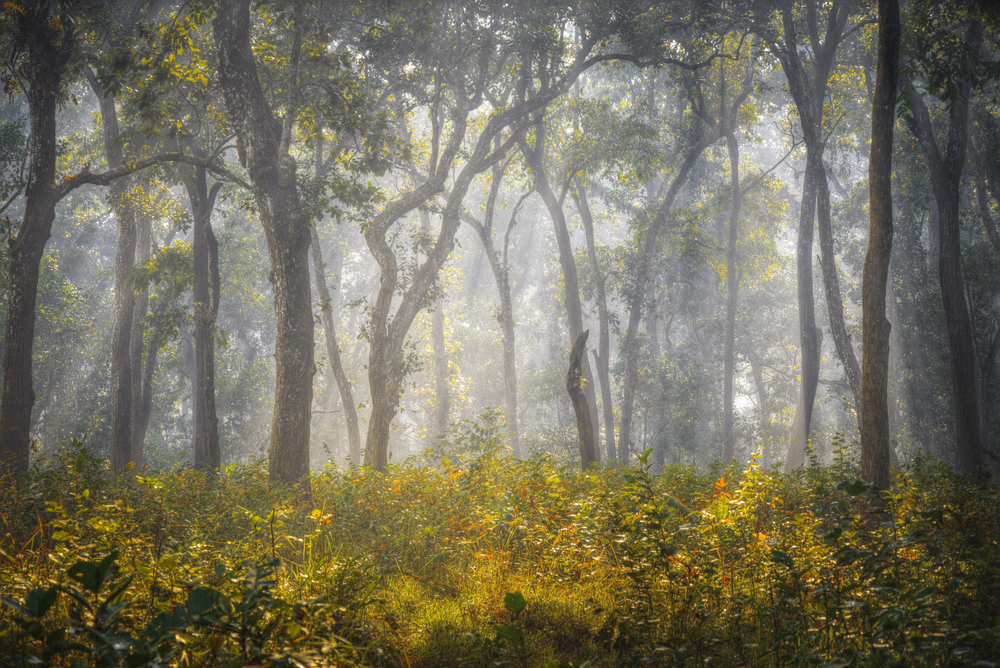Popular
Chitwan National Park is renowned for its diverse wildlife, offering a sanctuary for an array of species that highlight the richness of Nepal’s natural heritage.
One-horned Rhinoceros
A symbol of Chitwan’s conservation success, the One-horned Rhinoceros is known for its armored skin and singular horn, thriving in the park’s grasslands.
Asian Elephant
These gentle giants are integral to Chitwan’s ecosystem, their migratory paths helping to maintain forest clearings and support biodiversity.
Gaur (Indian Bison)
The imposing Gaur, Asia’s largest wild cattle, grazes in Chitwan’s meadows, its presence indicative of the park’s healthy grassland ecosystem.
Sambar Deer
The largest of the Indian deer species, Sambar Deer are a vital food source for Chitwan’s predators, contributing to the ecological balance.
Spotted Deer (Chital)
With their distinctive spotted coats, Chital are among the most commonly seen herbivores, playing a crucial role in the food web.
Barasingha (Swamp Deer)
Adapted to wet environments, the Barasingha’s survival in Chitwan is a testament to the park’s successful wetland conservation efforts.
Wild Boar
Omnivorous and adaptable, Wild Boars have a significant impact on the ecosystem, aiding in seed dispersal and providing prey for larger predators.
Indian Pangolin
Covered in protective scales, the Indian Pangolin is a nocturnal feeder on ants and termites, contributing to insect population control.
Bengal Florican
A critically endangered bird, the Bengal Florican’s presence in Chitwan underscores the park’s importance for the conservation of rare bird species.
Lesser Adjutant Stork
Tall and stately, the Lesser Adjutant Stork is often seen in wetlands, playing a role in the aquatic food web as a scavenger and predator.
Chitwan National Park’s array of species, from the iconic One-horned Rhinoceros to the elusive Bengal Florican, showcases the park’s crucial role in global biodiversity conservation.








































































